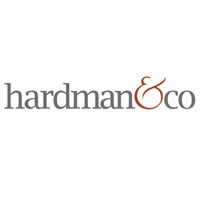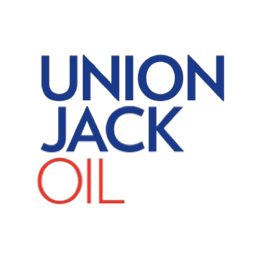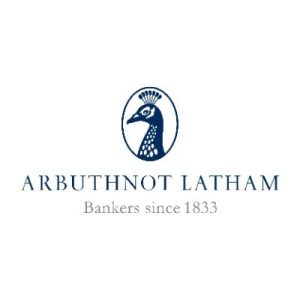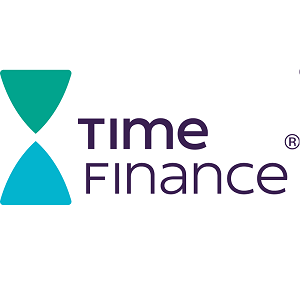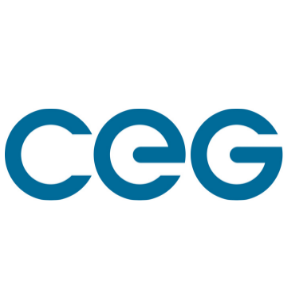 We reinstate FY17 Real Good Food Plc (LON:RGF) estimates, having suspended forecasts in February post the Real Good Food trading update on 1st of that month. Food manufacturing is a robust sector – as long as the producer can manage or minimise exposure to the commodity-based multiple grocery lines. A number of quoted producers have benefitted from trends, for example such as consolidation (Finsbury Foods), pork consumption (Cranswick). Real Good Food’s (RGF) underlying trends have diversity, and one main thrust is the continued rise in baking as a hobby. This offers value-add consumer demand. The road has some bumps but is fruitful.
We reinstate FY17 Real Good Food Plc (LON:RGF) estimates, having suspended forecasts in February post the Real Good Food trading update on 1st of that month. Food manufacturing is a robust sector – as long as the producer can manage or minimise exposure to the commodity-based multiple grocery lines. A number of quoted producers have benefitted from trends, for example such as consolidation (Finsbury Foods), pork consumption (Cranswick). Real Good Food’s (RGF) underlying trends have diversity, and one main thrust is the continued rise in baking as a hobby. This offers value-add consumer demand. The road has some bumps but is fruitful.
► Strategy: RGF continues to invest in higher-value-add routes to market, brand visibility, proactive marketing and capex. The value added nature perceived by the consumer makes this a good business line. FY16 and future profit estimate reflect a series of cumulative minor headwinds – being addressed.
► Business mix: FY16E estimates indicate 45% Group revenue (Renshaw and RDC) generate 92% Group EBITDA (excluding central costs). £56m sales are anticipated to generate minimal profits. We see scope to raise the higher value added divisions’ profits and the low margin ones too.
► Valuation: Real Good Food’s complementary businesses are achieving markedly differing financial returns. The portion of the Group currently achieving no material profits has significant value both to Real Good Food and intrinsically. Even ex this benefit, it is on a lower PE than any majors in the sector.
► Risks: There are a number of ‘moving parts’ which bring diversity revenue but expose Real Good Food Plc to ranges of external factors (positive and negative). The main risk is Haydens having Waitrose at over of its 50% sales. There also has to be constant attention to maintain Renshaw’s high visibility in retail offering.
► Investment summary: We are more attracted by sales growth opportunities in baking, allied to margin recovery elsewhere than by the low rating and strong balance sheet. All these factors are however, positive. The track record has illustrated the high management input required to gain ‘take-off’. The time to optimise all businesses is longer than anticipated, but direction of travel is good.

